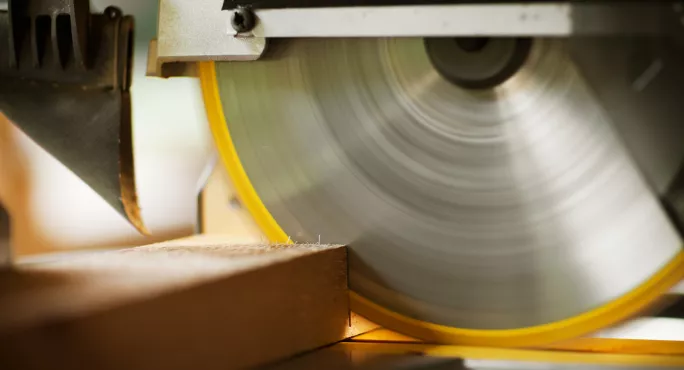Some 2,000 classrooms in Scotland have “problematic” ventilation, so what to do?
The Scottish government plans to spend £4.3 million to improve air flow, education secretary Shirley-Anne Somerville has said - but some solutions will be more high-tech than others.
Schools where there are “persistently high CO2 levels” will be able to buy air filters and extractor fans in the effort to reduce the spread of Covid, she said.
But the first priority will be on “CO2 monitoring and associated remedial actions to improve ventilation”, such as “the introduction of fresh air into spaces”.
This could include chopping off the bottom of classroom doors, Ms Somerville said.
Ms Somerville revealed details of projected costs to improve air quality in about 2,000 school rooms, in a letter to the Scottish Parliament’s Education, Children and Young People Committee.
These include £1.6 million for air filters and £2.4 million for mechanical fans, but a smaller amount will be spent on modifying classroom doors.
Ms Somerville’s letter explains: “Finally, we have assumed the door in the example space will need to be undercut to increase airflow, at a cost of £150, in line with business ventilation fund guidance. 2,000 x £150 = £300,000.”
She stressed that the costs, to be met by an extra £5 million for capital spending in schools, “will vary significantly in practice” but are based on councils’ estimates that between 2 per cent and 4 per cent of rooms have “problematic spaces” where CO2 levels are too high. That works out as “around 2,000 spaces out of 50,000 learning, teaching and play spaces” in Scotland’s state schools and nurseries.
Ms Somerville’s letter states that, based on informal feedback from local authorities, the government expects that “only a very small number of learning, teaching or play spaces will have persistently high CO2 levels”.
She adds: “Scottish government guidance, based on the current weight of expert advice, is that the primary focus of mitigating activity should be on regular CO2 monitoring and associated remedial actions to improve ventilation (ie, the introduction of fresh air into spaces).”
“Where this cannot be readily achieved, and CO2 readings remain high, air cleaning/filtration devices may exceptionally be used as a temporary mitigation to reduce risks in problematic spaces while more sustainable, ventilation-based solutions are implemented.”
Willie Rennie, Scottish Liberal Democrat education spokesperson, said: “Rather than putting an air filter in every classroom, the education secretary’s solution is sending a handyman round to chop up classroom doors.”
He said that resizing doors and opening windows in winter was “an insult to the thousands of teachers and pupils who deserve a better solution to the problems of ventilation”.
Mr Rennie added: “We are two years into the pandemic and three terms into this school year, but only now has the Scottish government admitted there is a problem in thousands of classrooms. Yet this could only be the tip of the iceberg.”
He called on the government to publish evidence from local authorities that would show “the true scale of the problem”.
Mr Rennie added: “Air filters could play a long-term solution with cutting the spread of other infections and improving conditions for good learning.
“The education secretary should take ventilation more seriously and pick up the pace on finding proper solutions.”




